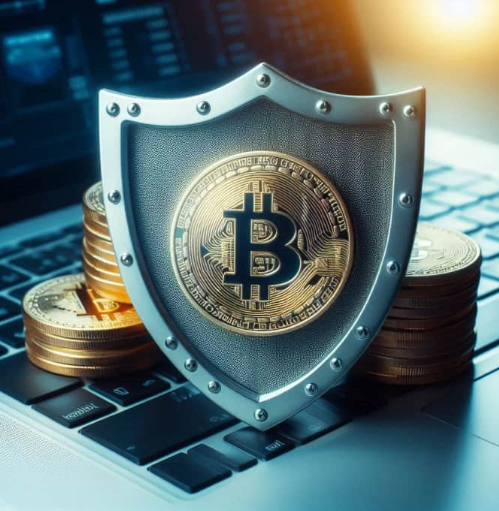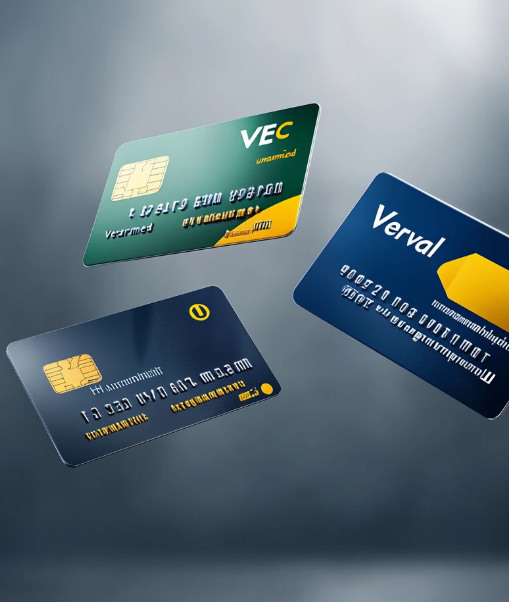In today’s digital financial landscape, cryptocurrency is reshaping how we think about money, offering unmatched freedom and autonomy. But with that freedom comes responsibility—especially when it comes to securing your assets. This is where self-custody wallets become crucial for anyone serious about managing their own crypto safely and independently.
What Is a Self-Custody Wallet?
A self-custody wallet, also known as a non-custodial wallet, gives you sole control over your crypto holdings. Unlike custodial wallets, which are managed by third-party services like exchanges, self-custody wallets ensure that only you have access to your private keys—and, by extension, your assets. It’s a direct route to financial sovereignty.
How These Wallets Work
At the heart of any cryptocurrency wallet are cryptographic keys. A public key acts like your address for receiving funds, while a private key allows you to access and authorize transactions. In a self-custody setup, your private key isn’t stored on external servers. It stays on your personal device, ensuring that your assets are entirely under your control.
The Main Categories of Self-Custody Wallets
Not all wallets are the same. Depending on your needs, you might consider one of these options:
- Hot Wallets: These are internet-connected and convenient for day-to-day use. Examples include MetaMask and Trust Wallet.
- Cold Wallets: Offline and more secure, they’re ideal for long-term storage. Think of hardware devices like Ledger or Trezor.
- Multi-Signature Wallets: These require multiple approvals for transactions, adding an extra layer of protection—great for joint accounts or business use.
Why Choose Self-Custody?
The advantages of managing your own wallet are significant:
- Total Ownership: You decide when and how your funds are used, without relying on intermediaries.
- Increased Security: No third-party involvement means fewer opportunities for breaches or hacks.
- Freedom from Restrictions: Your funds can’t be frozen or seized by centralized authorities.
- Enhanced Privacy: There’s no need to submit personal identification documents, offering a layer of anonymity.
How Does It Compare to Custodial Wallets?
Here’s a quick breakdown:
| Feature | Self-Custody | Custodial |
|---|---|---|
| Control | User retains private keys | Keys held by provider |
| Security | High (if managed well) | Risk of third-party breaches |
| User Experience | May require some tech know-how | Generally easier for beginners |
| Support | Self-managed | Customer support available |
| Access | Fully decentralized | Subject to provider policies |
Potential Drawbacks
While the freedom of self-custody is empowering, it comes with some caveats:
- Loss of Keys Equals Loss of Funds: Misplacing your recovery phrase or private key means losing access permanently.
- Learning Curve: If you’re new to crypto, handling wallets and understanding threats like phishing attacks might feel overwhelming.
- No Support Teams: You’re the only person responsible for recovery or troubleshooting.
Best Practices to Stay Safe
To make the most of your self-custody wallet:
- Back It Up: Store your recovery phrase securely in multiple offline locations. Never use screenshots or cloud services.
- Pick Reliable Software or Devices: Use wallets that have a strong reputation and transparent development.
- Use Extra Layers of Protection: Enable features like PINs or biometric access. Multi-signature options can provide added security.
- Beware of Scams: Double-check URLs, email sources, and app authenticity before entering your credentials.
- Opt for Cold Storage When Appropriate: Long-term holders should consider hardware wallets to minimize online exposure.
When Is It the Right Time to Go Self-Custody?
If you’re planning to invest significant sums, seek more control, or care deeply about security and privacy, a self-custody wallet is a wise move. On the other hand, if you’re just testing the waters or need frequent support, a custodial wallet might be more appropriate until you’re comfortable with the tools.
Final Thoughts
Managing your cryptocurrency through a self-custody wallet is a powerful way to take charge of your financial future. It aligns perfectly with the core principles of blockchain technology: decentralization, independence, and transparency. However, this autonomy comes with a responsibility to stay informed and cautious.
The mantra “Not your keys, not your crypto” isn’t just a catchphrase—it’s a reminder that the safety of your digital wealth depends on your control. By understanding how self-custody works and taking the right precautions, you can confidently navigate the crypto space and protect your investments for the long haul.













